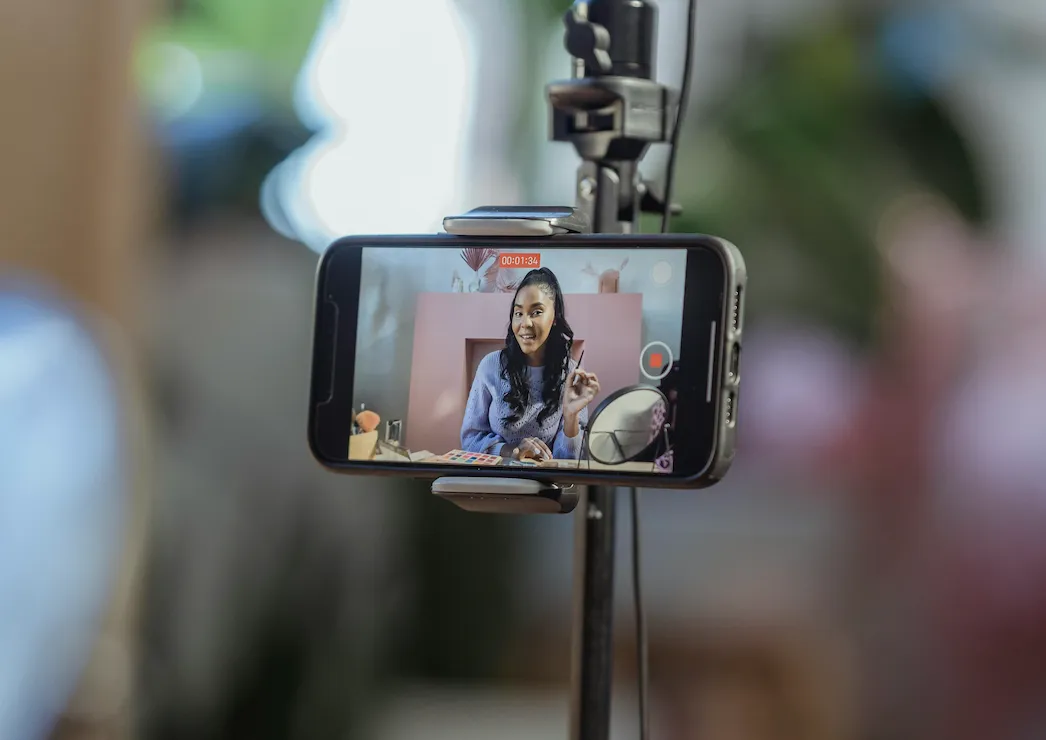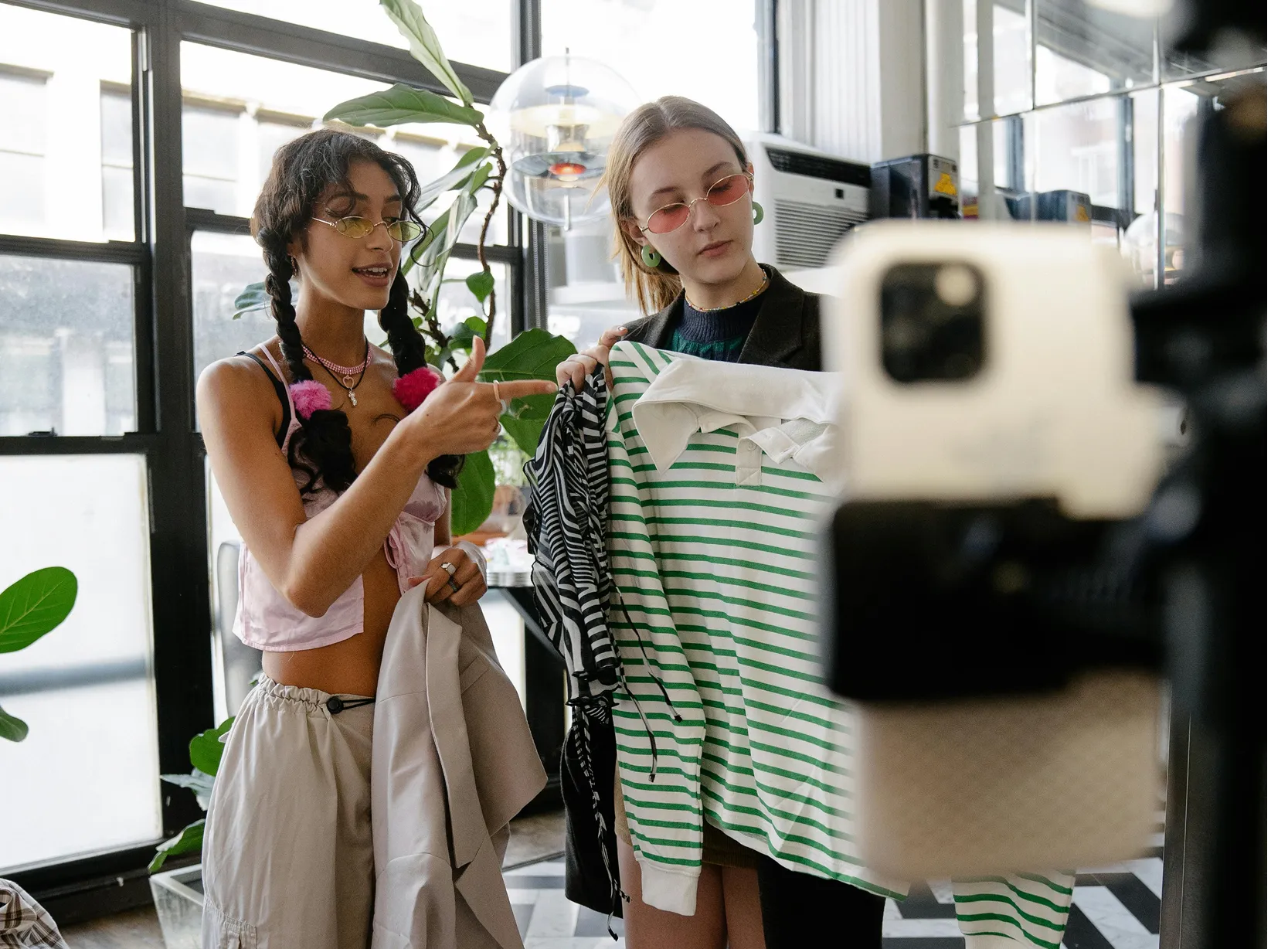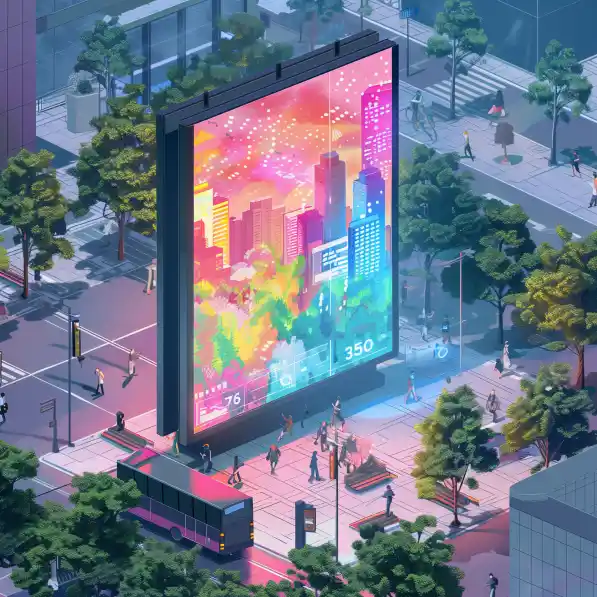by Daniel Skoda, Managing Partner at adlicious
Corona is still pending, but due to the current positive development and the associated easing, most retailers have now reopened their branches. Time to think now at the latest about how the stationary business can be strengthened.
Use the ROPO effect 🚀 After German e-commerce loudly in March Federal Association of E-Commerce and Mail Order (bevh) had to fight, he benefited significantly in April - around 18 percent Plus compared to the same month last year. But when viewed across industries, this is just a drop in the ocean, because almost 90 percent All retail sales are generated in stationary retail stores. And these in particular fell sharply as a result of week-long closures due to corona. One of the few Exceptions: The food retail.

As a result of the reopenings, the question is now: How can stationary retail be effective again strengthen? One option: the so-called ROPO effect (Research Online - Purchase Offline), according to which many purchases are researched online in advance, but then locally be carried out, use.
ROPO effect: Research Online - Purchase Offline ❗️
Together with the due to corona increased online usage time Does this actually provide a good basis for digital Customer journey with the shopping experienceto bring them together locally. But even before Corona, hardly any advertising campaign took up this link. Drive-to-store ads are a solution that brings exactly these worlds together. Linking online marketing 💻 and stationary retail 🛒 Based on user interests, the “Drive-to-Store” Technology that dynamic elements a banner made individually for each customer. Various products with all associated information, such as image, product name or price, are integrated into these elements. This information is in a data feed deposited in real time can be adjusted so that the campaign remains up to date at all times.

In addition to dynamic product integration, a map integrated into the banner. In doing so, both Google Maps, Open Maps or comparable products can be integrated. Based on their current position, this gives each user the path to nearest store displayed where the advertised products can be purchased. An innovative service that takes the digital customer journey to brick-and-mortar retail extended.
First results show: Drive-to-store ads have a 50 percent better CTR than other ads in the same format. ✅
This new form of ad can be used by various industries with different focuses. A supermarket chain For example, users can play the current offers of the week while a sporting goods manufacturer can show running shoes and appropriate clothing to an amateur runner based on user data. Each in combination with a card that guides the user directly to the nearest store.

Support throughout the entire customer journey 🚉 Across “Drive-to-store” ads also cover the entire customer journey. As a result of so-called prospecting, potential new customerswho have not yet had any advertising contact with brands or products. The basis for this is user data, which makes it possible for the potential customers Show off exactly the products that he is interested in. By playing out several times, accompany the Drive-to-store ads the user up to final purchase in the store. This is how they manage the entire customer journey branding and Performance effects and strengthen brick-and-mortar retail thanks to map integration. Auch Retargeting It is theoretically possible. However, it should be more effective here to remain digital and lead users directly to the online shop.
Example: drive-to-store https://youtu.be/C_RXXy75RBY
In addition, the “Drive-to-Store” Solution not on a Device format limited. It works with smartphones, tablets, Notebooks and desktop PCs - although the navigation function works best on mobile devices, of course. Integrated performance measurement 📈 Performance measurements are often the weak points of many offline campaigns. For this purpose, the “drive-to-store” ads offer a integrated solution on. By means of a sample Will users who have been shown the “drive-to-store” ads continue Survey ads shown. In this way, it is possible to check whether the users reached have actually visited the respective store within a set time frame. For control purposes, appropriate Survey ads also played out to users who did not come into contact with the store advertising.

Another way to measure success is coupon codes. An individualized voucher code can be placed within the ad, which can be redeemed the next time you visit the store. Retail link 🏪 on the rise Further developments on the market also show that the combination of digital and stationary is an important topic for the future. So offers google offers several options digitally and stationary to combine. On the one hand, the “Near Me” feature. For example, the user is shown restaurants in a specific area around their location. A function that is being used more and more frequently. According to Google, 2019 had already 48 percent of all searches from smartphones hyperlocal Character and could thus be used with the “Near Me” feature. On the other hand, Google experimented with a type of “Digital flyer”. In doing so, Video and display campaigns within the vicinity of markets and users are shown advertising about selected products and the location of the market. Also the integration of competitor directories such as Yelp or tripadvisor chez local searches It is currently an issue again. However, it remains to be seen whether this will actually establish itself as a feature for the user or whether it is simply an attempt to appease the competition.





